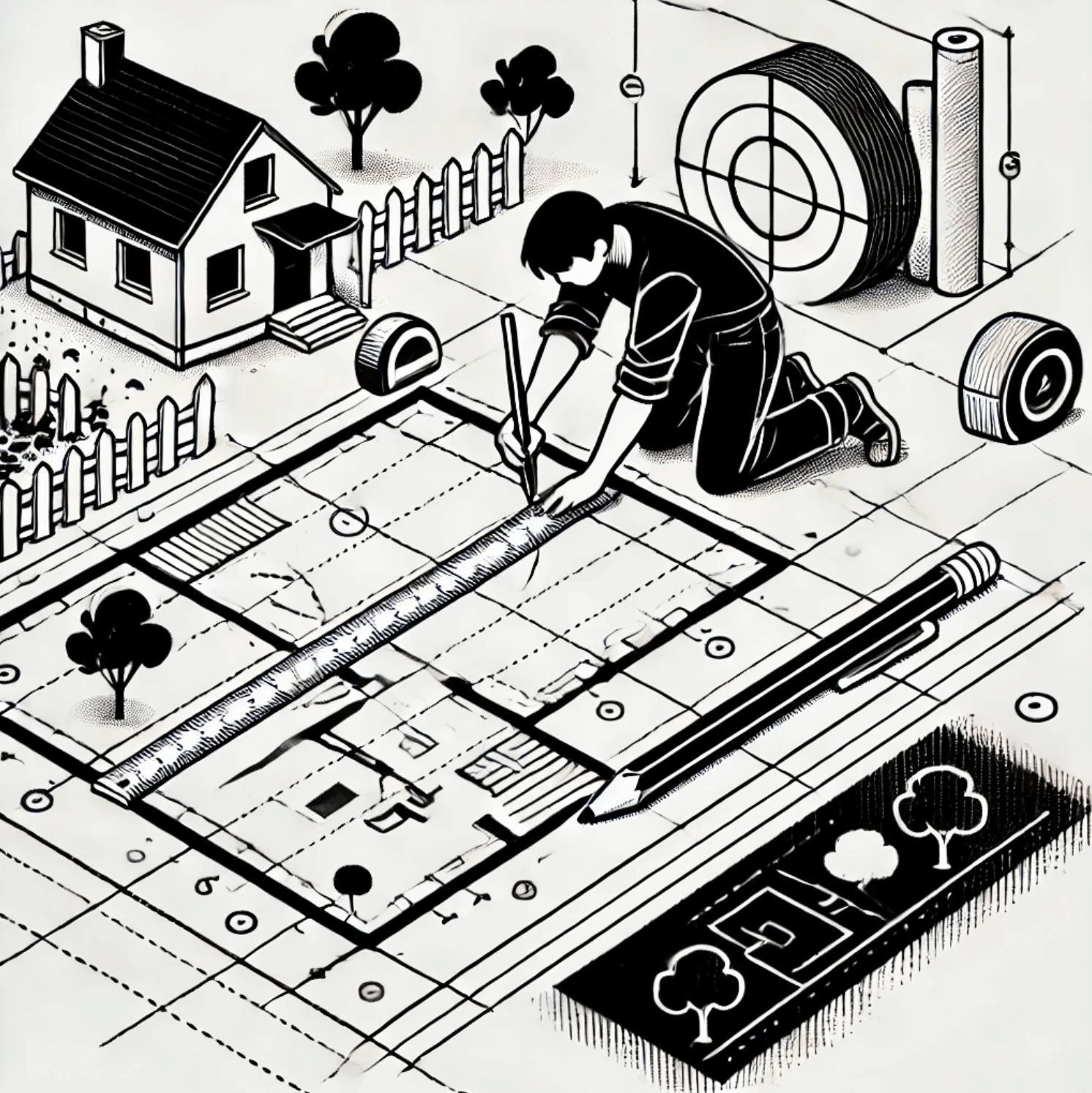An architecture site plan is essentially term used for a site plan that is used on (usually) larger projects where architects are involved.
This can be anything from a large property development to the construction of a custom-built house, and the term can be used interchangeably with ‘site plan’ as well.
In this guide, we’ll go into further detail about what architecture site plans are, how they’re used, and the different processes used to create them.
What is an Architecture Site Plan?
An architecture site plan is a scaled drawing showing how various elements like buildings, utilities, and landscape features fit on a property.
The term ‘architecture site plan’ is used in place of just ‘site plan’ depending on the type of project, and typically when an architect is involved.
It’s essential for both visualization and practical planning, ensuring a project adheres to legal and environmental constraints.
Beyond simple layouts, site plans also consider the natural features of the land, drainage, and utility access to create an efficient and functional design.
Why Are Architecture Site Plans Important?
Architecture site plans serve multiple purposes.
First, they are designed to meet all local zoning and building regulations, preventing legal complications further down the road during construction.
Additionally, they reduce potential construction delays by preemptively addressing spatial issues, such as setbacks from property boundaries. They allow the entire space to be planned out before construction to ensure there aren’t any unforeseen problems.
They’re essentially a roadmap for construction and where everything will be placed.
Key Elements of an Architecture Site Plan
An architecture site plan typically includes the following:
- Property boundaries: Accurate placement of structures in relation to the plot.
- Building layout: Exact locations and sizes of existing and proposed buildings.
- Landscaping and natural features: Gardens, trees, and water bodies.
- Utilities: Water, gas, electric, and sewer lines.
- Access points: Clear mapping of driveways, parking spaces, and pedestrian walkways.
- Topography and drainage: Accounting for elevation changes and how water flows across the site.
Here is an architecture site plan as an example, generated using our site planning software:
The Process of Creating a Site Plan
Creating a site plan begins with an initial site survey.
This survey captures the exact dimensions and features of the property, including elevation, boundary lines, and existing infrastructure.
Next, architects and engineers collaborate to create a site plan, placing buildings, utilities, and landscaping in their proper positions.
During this phase, zoning regulations are carefully reviewed to avoid violations.
After the design is completed, the plan is submitted for zoning and compliance checks to ensure it meets all local legal requirements. Finally, once the design is approved, it is submitted to local authorities for final approval before any construction can begin.
Software, like our site plan software Presite, can also be used to quickly draft and create site plans.
Common Challenges in Site Planning
There are a lot of challenges associated with architecture site plans and getting them approved – here are just a few:
- Topography Misjudgment: Incorrectly assessing land elevation can result in drainage issues or construction challenges.
- Ignoring Utility Placement: Utilities need to be considered early on, otherwise it can lead to expensive problems during construction.
- Boundary Issues: Misunderstanding property lines may lead to legal disputes or delays in construction approval.
What Does an Architecture Site Plan Cost?
The cost of an architecture site plan, unsurprisingly, varies a lot from project to project.
You’re looking at anywhere from a few hundred dollars to thousands depending on the size and intricacy of the design.
Can I Make Changes to the Plan After Approval?
Changes can be made to architecture site plans, but it can lead to further approvals and, ultimately, time wasted.
Smaller changes like repositioning small elements can be approved much more quickly than significant changes like relocating entire buildings, so keep this in mind if you’re considering making a change to your site plan.
An experienced architect will be able to navigate this process with ease though, so if you have any suggested changes it’s better to take it through them.
Wrapping It Up
Architecture, or architectural site plans, are an important piece of any construction project.
They are used to map out the entire site, including the position of buildings and utilities, while considering factors like setback limits and other regulations.
Presite is a great tool for generating architecture site plans and makes the process much more straightforward.
